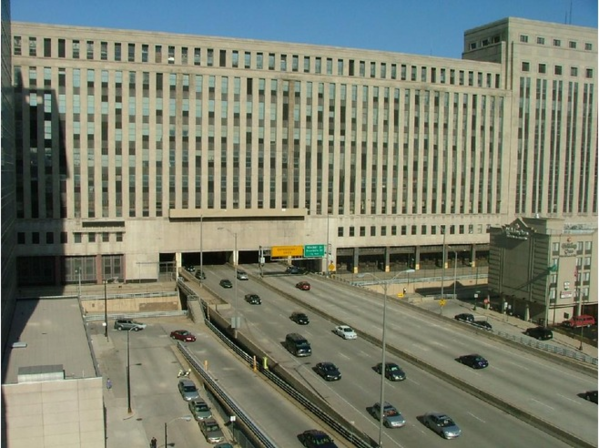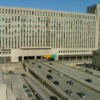Also, may trains had BOTH REA AND USPO cars in the same train. Because each was a different concern, they would not be generally "mixed" by usage. The mail cars were together, express were together.
Baggage cars and express boxcars could be loaded with either, both usually not both on a M&E train.
PRO's were made and had contracts to the USPO in 15' measurements. Hence, a doodlebug or a baggage/RPO combine could have a 15' mail section.
Other cars could have a 30/30 mail/baggage split. In this case the baggage could be used for express, mail to be sorted, or sealed mail.
A 60' mail car would be all mail. But, the car could be 60' for sorting, or so 15' combo of sorting or storage enroute on a train, depending on contract demands for that train.
And even in a 60' car, some space was used for storing mail just to be, or just sorted.
This is where a modeler can have a train with his or her mail and express cars, but can sneek in some head end cars from other roads. I do run PRR M&E with express boxes from UP, GN, N&W, ATSF, SP, NH and MP.
A great way to work in very nice liveries from other roads without having to pay the price for passenger cars and trains. Like I run GN boxes with EB colors, and UP boxes with TTG.
And yes, some ANCIENT stuff could end up as the rider car.






